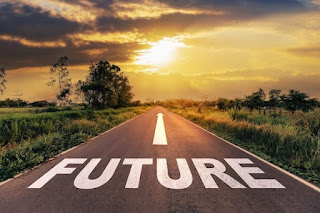MEDIA LITERACY
In today’s fast-paced world, where information floods our screens from every angle, the ability to discern fact from fiction has never been more crucial. Media literacy stands as a beacon of clarity in this sea of content, guiding individuals through the murky waters of misinformation and manipulation. But what exactly does it mean to be media literate, and why is it so important in our digital landscape
Defining Media Literacy:
At its core, media literacy encompasses the skills and knowledge required to critically analyze, evaluate, and interpret media messages. This includes everything from traditional forms of media like newspapers and television to the vast expanse of digital content found online. By honing our media literacy skills, we empower ourselves to navigate the complex web of information with confidence and clarity.
The Importance of Critical Thinking:
In an age where anyone with an internet connection can become a content creator, the lines between fact and fiction have become increasingly blurred. Critical thinking lies at the heart of media literacy, allowing individuals to question, analyze, and verify the information they encounter. By approaching media messages with a skeptical eye, we can separate truth from falsehood and make informed decisions about the world around us.
Recognizing Bias and Manipulation:
One of the key pillars of media literacy is the ability to recognize bias and manipulation in media messages. Every piece of media is created with a purpose, whether it’s to inform, entertain, persuade, or sell. By understanding the motives behind the messages we consume, we can better assess their credibility and relevance. This involves questioning the source of the information, identifying any potential biases, and considering alternative perspectives.
Evaluating Sources:
In an era where misinformation can spread like wildfire with the click of a button, it’s more important than ever to critically evaluate the sources of the information we encounter. This means considering the credibility, expertise, and reputation of the sources, as well as cross-referencing information with multiple sources to ensure its accuracy. By becoming savvy consumers of media, we can protect ourselves from falling prey to falsehoods and propaganda.
Digital Literacy in the 21st Century:
In addition to traditional forms of media literacy, the digital age has brought about a new set of challenges and opportunities. Digital literacy involves understanding how information is created, distributed, and consumed online, as well as navigating issues such as privacy, cybersecurity, and digital citizenship. By staying informed and engaged in the digital world, we can harness its power for good while mitigating its potential risks.
Empowering the Next Generation:
Perhaps most importantly, media literacy empowers individuals to become active and engaged citizens in our increasingly interconnected world. By teaching critical thinking skills from a young age and promoting media literacy education in schools and communities, we can equip future generations with the tools they need to navigate the complexities of the digital age. In doing so, we can build a more informed, resilient, and democratic society for generations to come.
In conclusion, media literacy is not just a skill; it’s a mindset—a way of approaching the world with curiosity, skepticism, and an unwavering commitment to the truth. By honing our media literacy skills, we can navigate the ever-changing landscape of information with confidence and clarity, ensuring that we are not just passive consumers of media, but active participants in shaping our own understanding of the world




Comments
Post a Comment